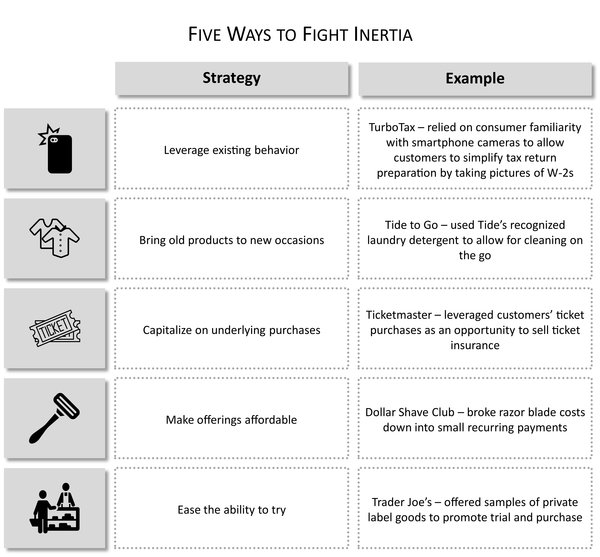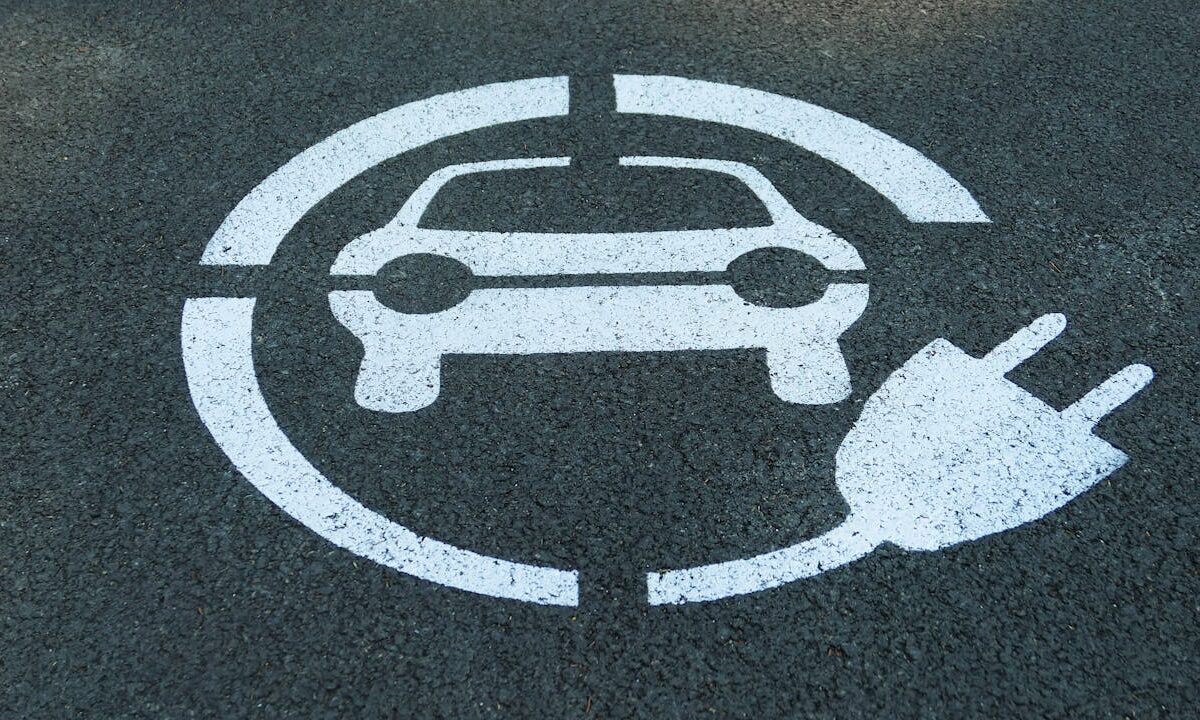Just because there is a better product or a better way of doing something, it doesn’t mean that customers will embrace the new solution.
If a new offering doesn’t fit with engrained behaviors and expectations, customers will be reluctant to change and will look for reasons not to shift to a new solution. Companies will be forced to invest resources fighting both actual and perceived obstacles.
For example, in many parts of the world, mopeds are a popular way of navigating congested urban areas. Despite similar traffic and hassles in many U.S. cities, mopeds have never really taken off in the States. Part of that can be attributed to perception. When you think about mopeds in other parts of the world, you often think of old, loud, dirty contraptions that—while practical—aren’t particularly comfortable or esteemed. We think of them being used to carry families of four down dusty roads in South America or through crowded traffic jams in India. Back in America, we just don’t see the need. If we want to get around the city, public transportation is typically good enough to get the job done. When it’s not, cars are becoming more and more luxurious. Cars give us the option to turn on our seat warmers, sip our coffee, make a phone call or two, and belt out the lyrics to the newest Taylor Swift song completely free of judgment. You can’t do that on a moped. And with favorable lease terms, a car can actually be pretty affordable.
But things are changing, and cars aren’t always ideal. Parking costs are starting to soar. Gas is getting more expensive, and people are becoming more environmentally conscious. Cities—though historically designed around cars in the United States—are making strides to be friendlier for bikes and mopeds. People are getting married later, delaying the move out of urban areas. Even families are choosing cities over suburbs with increasing frequency. As urban areas become even more densely populated, cars begin to make less sense. And when you need to carry groceries or bulky items home from the store, public transportation is less than ideal. There’s clearly a market opening for mopeds in U.S. cities, but consumers are going to need to be convinced. They’re not going to shoulder the burden of determining why mopeds are actually a good idea. Companies need to be well aware of stubborn behaviors that can impede the successful uptake of their new product and think, from the very outset of the design process, how they can excite people out of their comfort zone.
GenZe has taken a number of steps to fight inertia and non-consumption, in hopes that its new electric scooter will take off among younger, urban consumers in the United States. Before launching its new bike (the GenZe 2.0 – pictured above), company employees traveled to cities around the country to talk to people about how they were commuting today, where they were experiencing pain points, and what they were trying to get done in their commutes. Using that knowledge, they designed a bike that accounts for the jobs and job drivers of their target demographic. It offers cargo units to carry briefcases, groceries, and other personal items. Those units are even rainproof for people in cities with less forgiving climates. The scooters are environmentally friendly, allowing riders to save on fuel costs and feel as though they’re doing their part for the environment. The scooters are also visually appealing and tech-heavy, featuring a 7-inch touch-screen control panel. Consumers don’t choose the GenZe 2.0 because they can’t afford something better; they choose it to make a statement. The bike also helps lower the barriers to adoption by introducing features that make it safer and easier to use, such as taller windscreens and a special driving mode for those still learning to ride. While it remains to be seen how well the GenZe 2.0 will do in the United States, GenZe’s dedication to customer centricity and its focus on defeating traditional purchase obstacles will give it the best possible chance to succeed.
Fighting inertia means lowering the barriers to trying a new product. While some companies continually “wow” their loyal customers with a parade of shiny new products, most do not. This latter group has to work hard to induce trial. We created a chart that illustrates several ways companies have found success in improving the speed of product diffusion.

Contributed to Branding Strategy Insider By: Stephen Wunker, excerpted from his new book JOBS TO BE DONE: A Roadmap for Customer-Centered Innovation, with permission from AMACOM publishing.
The Blake Project Can Help You Create A Brighter Competitive Future In The Jobs To Be Done Workshop
Branding Strategy Insider is a service of The Blake Project: A strategic brand consultancy specializing in Brand Research, Brand Strategy, Brand Licensing and Brand Education




